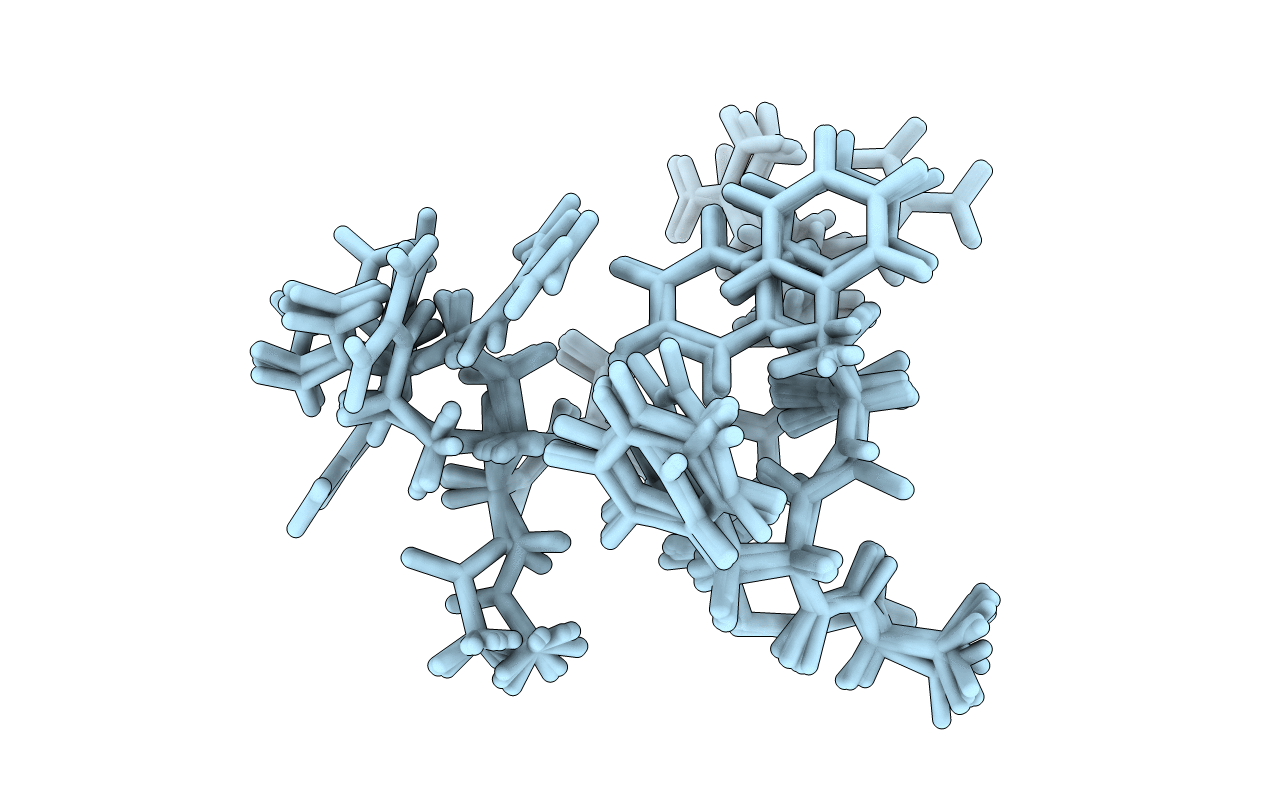
Deposition Date
2016-07-01
Release Date
2016-09-07
Last Version Date
2024-10-23
Method Details:
Experimental Method:
Conformers Calculated:
100
Conformers Submitted:
10
Selection Criteria:
structures with the lowest energy


